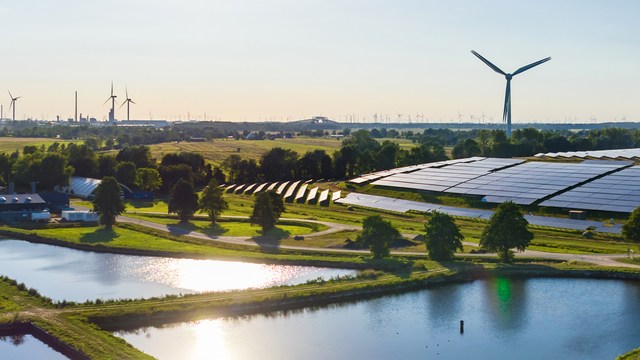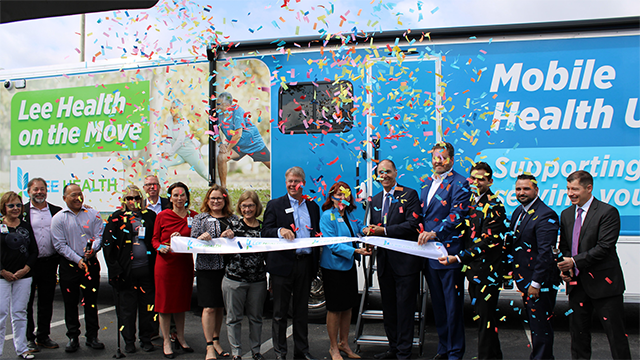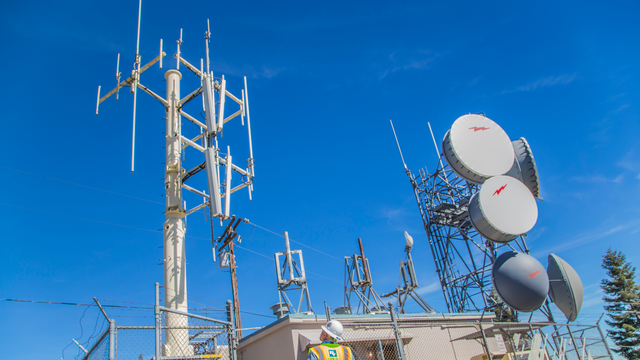There is no denying that rapid change is afoot across the power industry. Demand for energy continues to grow, generation techniques are increasingly efficient and cost-effective, and innovative practices are becoming the norm. Solar and wind continue to be introduced at accelerating rates to satisfy burgeoning global needs. This evolution is not only evident but exciting, particularly as the development of advanced technologies such as renewable energy sources and improved battery energy storage methods allow utilities to continue to expand services and future-proof their systems.
This is driving what was once a traditional, centralized power grid with single-directional power flows to evolve towards a bi-directional, distributed system. This shift will mean that utilities and consumers will rely more heavily on complex digital devices and the underlying advanced communications networks that bring it all together.
But the rapid growth and “densification” of connected Smart Grid digital devices means that existing utility communications networks will fall short of satisfying traffic demand and requirements and are likely to be woefully inadequate for the future. As a result, the industry will require additional communications network development and modification and updates to meet expected Smart Grid network demand.
New Opportunity for LTE
A compelling alternative solution was created by the recent FCC Report and Order authorizing 900-MHz band for private LTE/5G wireless broadband networks. The broadband use of the 900-MHz band provides an affordable spectrum ownership option meeting the electrical grid modernization communication needs. This ability to integrate private LTE wireless networks with grid expansion and modernization will be key to unlocking the future of the global energy sector.
As more capable and more diversified digital devices populate the grid’s edge, it becomes obvious that connectivity is only possible through a vast advanced wireless network. While such a network will also support traditional functions of SCADA, LMR and AMI, advanced networks represent an effective way to ensure connectivity, security, reliability and resilience, as well as to boost efficiency. Additionally, the global standard of LTE/5G provides a platform for advanced systems and functions to be easily added.
In an increasingly complex field, heavy future reliance on digital technologies and devices is a given. Support from an equally advanced wireless communications network is necessary throughout the variety of service areas. It is now possible for private LTE networks to offer that support.
Looking Ahead, Moving Forward
Although existing wireless networks commonly utilize narrow-band radio equipment, those existing networks may not be easily adapted to the scope of future needs. Deploying multiple networks to serve varied situations, as is the current practice, is not always a practical solution, and larger users have sometimes been forced to contend with limited-capacity networks, obsolescence, or applications that do not fulfill expectations.
A smarter and more highly-connected electrical grid depends on the existence of effective high-speed, low-latency and resilient communications. LTE wireless broadband networks can be the basis for that secure and reliable connection.
Private LTE/5G standards-based technology will facilitate a transition to a single multi-service platform designed to support a variety of uses. Known as the Third Generation Partnership Project (3GPP), this worldwide cooperative effort continues to evolve, and the hope is that advanced versions of LTE and 5G will lead to even greater innovation.
For utilities, that means the ability to design a private network with enhanced reliability and resiliency. Some of the expected advantages include:
- Key performance indicators, including latency and throughput, can be measured and verified.
- The ability to add new applications to the same network infrastructure including:
- Falling conductor protection for advanced applications including wildfire prevention and mitigation.
- Beyond Visual Line of Sight drone technology for transmission line inspection and real-time data transmission for problem-solving situations.
- OPEX savings associated with leased carrier service connectivity.
- High-density video monitoring for physical security and training programming that can be field-directed.
- Additional supplementary uses to include such services as gunshot monitoring and triangulation, and other uses.
- Network slicing that will enable physical resources such as spectrum, radios and base stations to be shared amongst multiple end users. Each end user essentially gets its own private network, with performance characteristics specifically tailored to their needs.
- A range of other applications that have not yet been imagined.
We expect many new developments in LTE/5G wireless broadband networks both in the short and long term. At the same time, we understand that, to date, we have barely scratched the surface of possibility for future innovation. We are, however, confident that we are at the dawn of a new era of utilities operation, service, growth and deployment.
Both LTE and 5G support a variety of performance features. It is significant that this technology has become available now, at a time when the energy industry is also at a crossroads in terms of automation, renewable energy resources, grid expansion and modernization, field communications and many other advances.
LTE/5G technology is developed by 3GPP to be backward-compatible and future-proof. The hardware deployed today is software-upgradable to take advantage of future technology developments. The total cost of ownership of this multi-service system is much less than the cost of traditional multiple single-purpose networks.
In this bright future, we expect that the technology will continue to evolve and that worldwide communications standards will be utilized to permit integration with an astounding number of new devices. We hope that utilities will have the ability to cherry-pick the features and solutions that are uniquely suited to their own circumstances and cost-appropriate for their individual needs.
By investing today in this new and developing technology, and by assuring that the communications network is in place, it will be possible to meet current challenges and address future capabilities.








